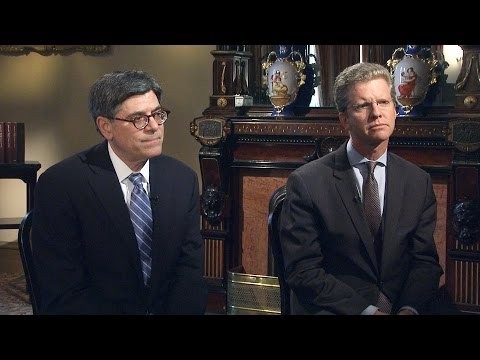RPTEmerging market selloff Fed moves hit currency carry trades
Post on: 28 Апрель, 2015 No Comment

LONDON/NEW YORK Jan 28 (Reuters) — A sell-off on emerging markets is likely to flush out many of the remaining carry trade investors who went there in search of higher returns, and this shift should boost more liquid currencies such as the dollar, yen and Swiss franc.
Some investors fear the U.S. Federal Reserve may slow the flood of money it has pumped into markets more sharply than expected. This, along with the likelihood that other major central banks such as the Bank of England will also tighten policy as developed economies recover, may spell an end to the ultra-cheap cash used to fund emerging market investments.
About $4 trillion poured into emerging markets in the aftermath of the 2008 global financial crisis as the major central banks cut interest rates close to zero and flooded the system with liquidity through huge bond-buying programmes.
Investors piled into carry trades — borrowing in low-yielding currencies to buy higher-yielding ones to achieve better returns. A recovery led by China drove them to sell dollars, yen and Swiss francs, where central banks have anchored interest rates near zero, for emerging markets and higher-yielding currencies in the developed world such as the Australian dollar.
These trades have been unwinding for several months, particularly since last May when Fed Chairman Ben Bernanke suggested the U.S. central bank might start scaling back the supply of cheap funds. This process finally began in January.
Steven Englander, head of G10 currency strategy at Citi, said some clients were worried the Fed may end up raising short-term interest rates sooner than expected. That will push up U.S. bond yields, making the dollar less attractive as a funding currency in carry trades.
Undoubtedly it’s the case that if they tighten quicker than anyone thought, there will be a bloodbath, he said.
The rush for the exit has intensified, prompted by signs that the Chinese economy is slowing and crisis in a number of emerging nations including Argentina, Turkey and Ukraine. All this has led to fears of a domino effect in emerging markets, as in the 1990s.
Higher yielding developed currencies have become caught up in the sell-off. The Australian dollar hit a 3-1/2 year low while another currency sought by carry trade investors, the Canadian dollar, fell to a four-year low.
Speculators ramped up short-selling bets against the Australian dollar in the week to Jan. 21 to their highest since early September, the Commodity Futures Trading Commission reported. That was in sharp contrast to the huge long positions they ran between 2009 to 2012.
They have even turned against the Mexican peso, a liquid emerging market currency, for the first time since mid-September.
Reflecting the souring sentiment, Deutsche Bank’s FX carry trade basket — an industry index that tracks these trades — has shed more than 8 percent from a peak last April and nearly 2.5 percent last week alone.
Rising tensions in various emerging market countries around the globe are starting to have a significant impact across asset classes, said RBC Capital analyst George Davis. Of particular note has been the collateral damage that has been done to FX carry trades.
CARRY OFF THE TABLE
Selling low-yielding currencies in favour of higher-yielding currencies has generated 5 percent annual returns to investors in the past three decades, according to a study by the Cass Business School released in late 2012.

It is a popular strategy amongst fleet-footed investors, speculators and banks looking for better returns. But the Fed’s decision to taper the economic stimulus has hurt returns, and many investors have already withdrawn from them as the sell-off in currencies from Turkey to Argentina picked up pace.
Profits from carry trades can be quickly wiped out if the target currency falls. The Turkish lira, for instance, has lost more than 15 percent against the dollar since Dec. 17 alone.
So far, there are few signs that the stress in emerging markets will spill over to developed economies leading to large scale turmoil in developed markets, as was seen in 1997/98.
Alessio de Longis, who runs the Currency Opportunities Fund at Oppenheimer Funds, said many of these bets had already been unwound, so the rout need not cause a re-run of the 1990s turmoil.
In the wake of the 1997 Asian crisis and the 1998 Russian collapse that brought down one of the largest hedge funds at the time, the Fed stepped in to rescue the system along with the U.S. Treasury and the International Monetary Fund.
The Fed is unlikely to halt its tapering programme when it meets this week due to the turmoil in emerging markets. Nevertheless, the uncertainty has caused a jump in market volatility which will curb demand for risky trades.
Investors will also worry about the worsening outlook for Chinese economic growth and turmoil in its banking sector. The authorities narrowly avoided a default of a $500 million investment trust this week.
Heavily short any of the major currencies is a very dangerous position to be in, said Karl Schamotta, director of FX strategy at Cambridge Mercantile Group, Toronto.














